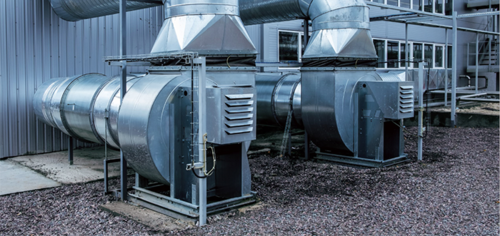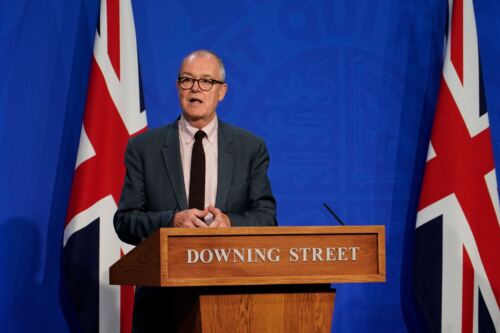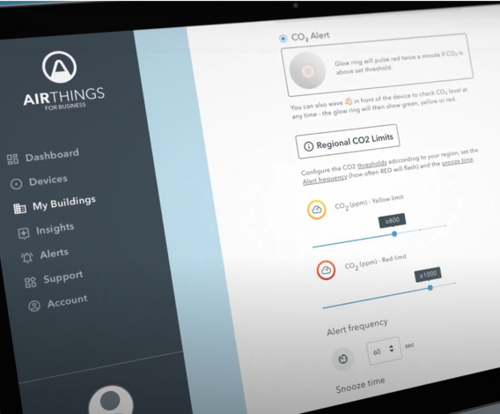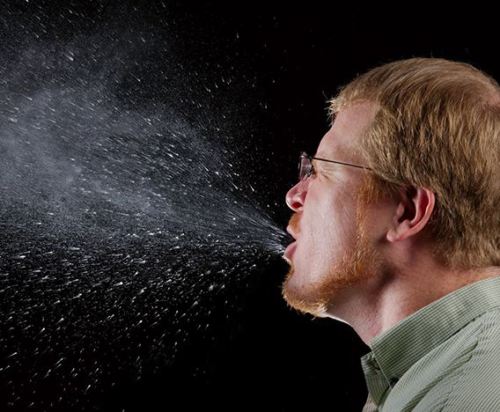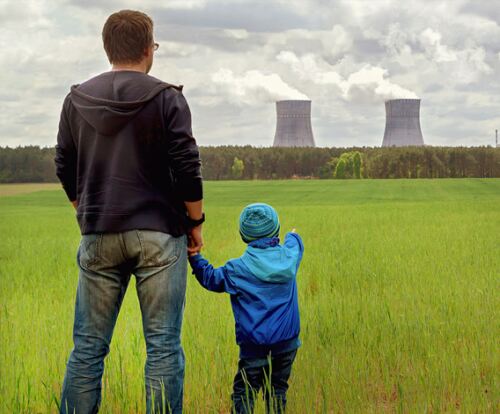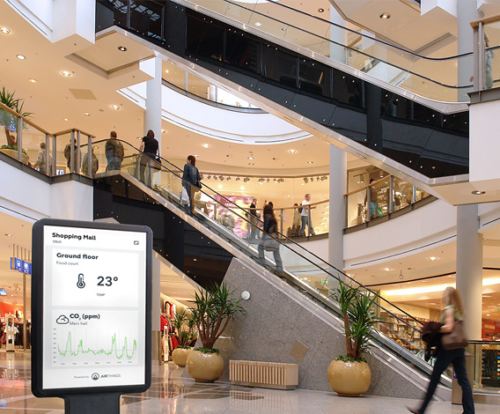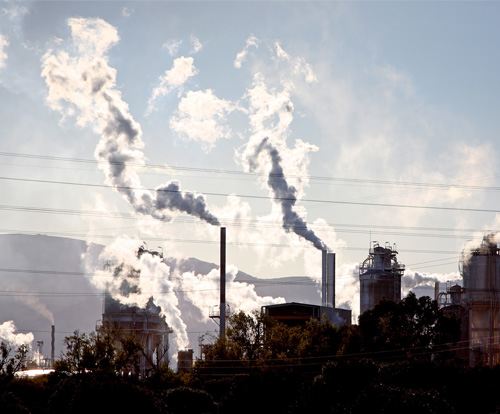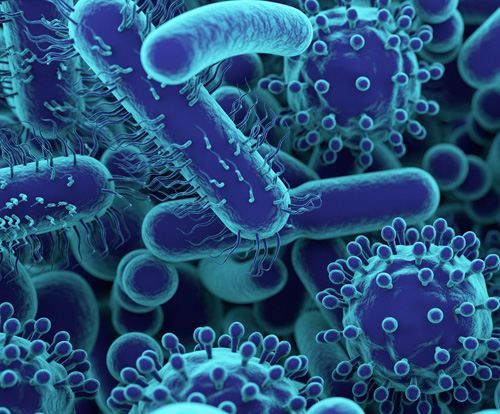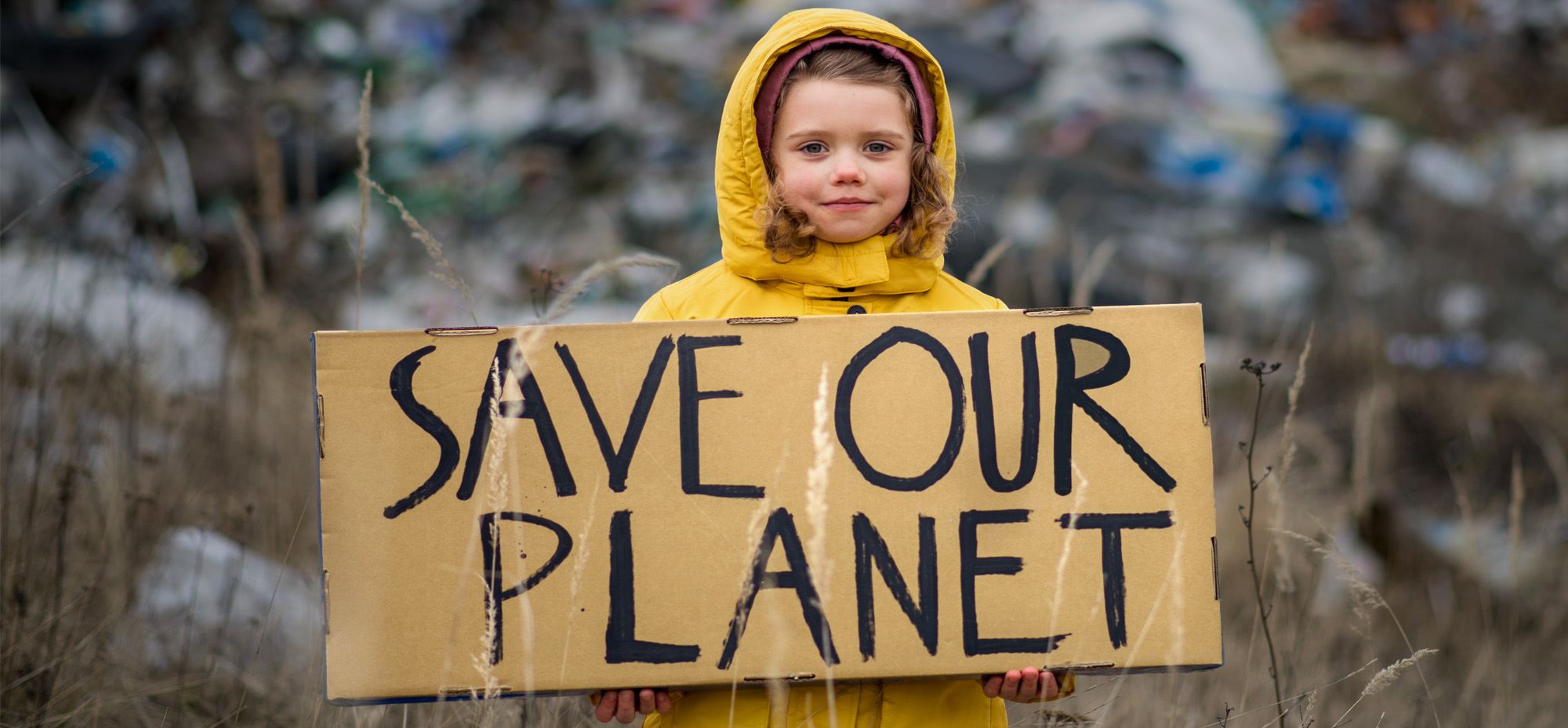
Climate change and the climate emergency
1. Evidence|2. Causes|3. Consequences|4. Change
The World Health Organisation states that, climate change threatens clean air, safe drinking water, nutritious food supply and safe shelter, and has the potential to undermine decades of progress in global health. Between 2030 and 2050, climate change is expected to cause approximately 250,000 additional deaths a year from malnutrition, malaria, diarrhoea and heat stress alone.
“Observations made on, and above Earth’s surface show that the planet’s climate is changing significantly, and human activities are the primary driver of these changes.”
Scientists believe that global temperatures will continue to rise for decades to come, mainly due to greenhouse gases produced by human activities. The Intergovernmental Panel on Climate Change (IPCC), which includes more than 1,300 scientists from around the world, forecast that temperatures will rise by 2.5 to 10 degrees Fahrenheit over the next century.
In 2021, the four primary measures of climate change all hit record highs - greenhouse gas concentrations, rising sea-levels, ocean temperatures and ocean acidification.
Evidence
Increase in global temperature
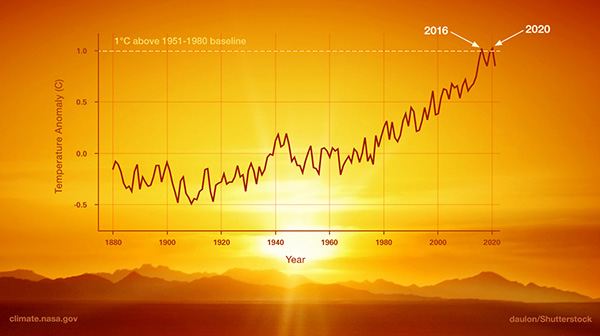 The planet's average surface temperature has risen around 2 degrees Fahrenheit (1 degree Celsius) since the late 19th century, a change driven largely by an increase in emissions of carbon dioxide into the atmosphere, and other human activities. Most of the warming has occurred in the past 40 years, with the seven most recent years being the warmest.
The planet's average surface temperature has risen around 2 degrees Fahrenheit (1 degree Celsius) since the late 19th century, a change driven largely by an increase in emissions of carbon dioxide into the atmosphere, and other human activities. Most of the warming has occurred in the past 40 years, with the seven most recent years being the warmest.
Human activities (mainly the burning of fossil fuels) have fundamentally increased the concentration of greenhouse gases in the Earth’s atmosphere, warming the planet. Natural drivers, without human intervention, will push our planet toward a cooling period.
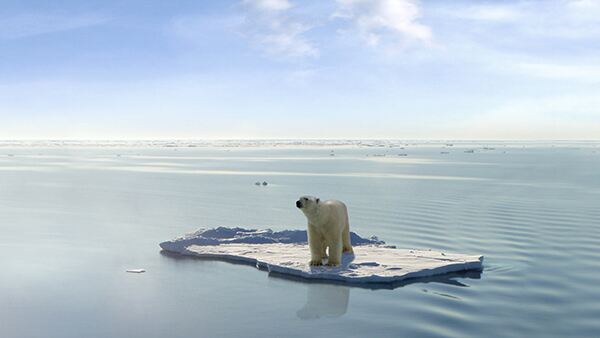 Warming of the ocean
Warming of the ocean
The ocean has absorbed much of this increased heat, with the top 100 meters of ocean showing warming of more than 0.6 degrees Fahrenheit since 1969. Earth stores 90% of the extra energy in the ocean.
“Our oceans are in trouble. Trouble that we, humanity, have plunged them into through driving the triple planetary crisis. The crisis of climate change. The crisis of nature and biodiversity loss. The crisis of pollution and waste.”Inger Andersen,
Under-Secretary-General of the United Nations
Executive Director of the UN Environment Programme
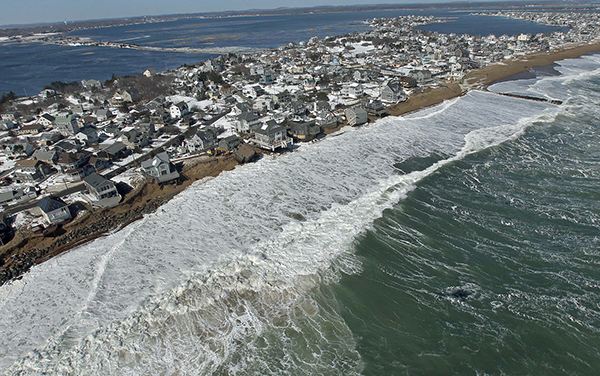 Rising sea levels
Rising sea levels
Global sea levels have risen around 20cm in the last century. However, over the last two decades, sea levels have risen nearly double that amount and is accelerating year on year.
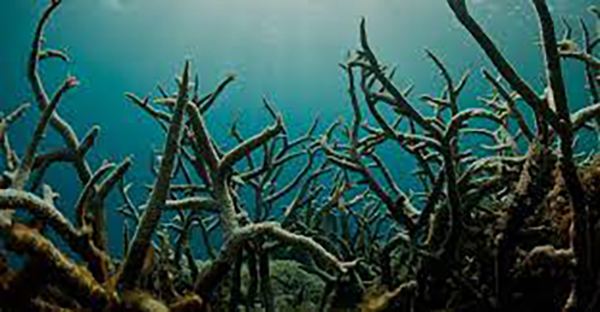 Ocean acidification
Ocean acidification
Since the beginning of the Industrial Revolution, the acidity of the surface water of the ocean has increased by about 30%. This increase is the result of humans emitting more carbon dioxide into the atmosphere, and so more being absorbed by the ocean. The ocean has absorbed between 20 and 30 percent of total anthropogenic carbon dioxide emissions in recent decades, equating to 7.2 to 10.8 billion metric tonnes per year.
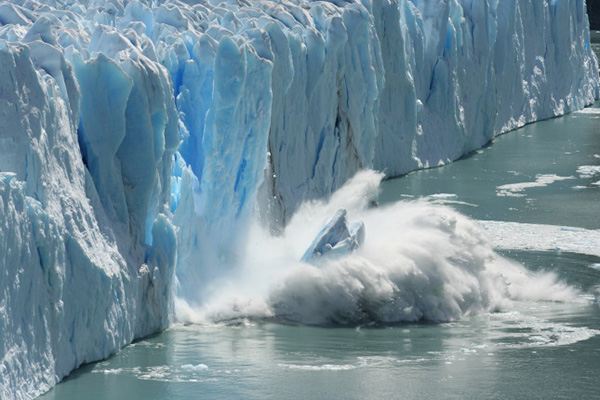 Shrinking ice sheets
Shrinking ice sheets
The Greenland and Antarctic ice sheets have decreased in mass. Data from NASA's Gravity Recovery and Climate Experiment show that Greenland lost an average 279 billion tons of ice each year between 1993 and 2019, whilst Antarctica lost about 148 billion tons of ice a year. In addition, both the extent and thickness of Arctic sea ice has also declined rapidly over the last several decades.
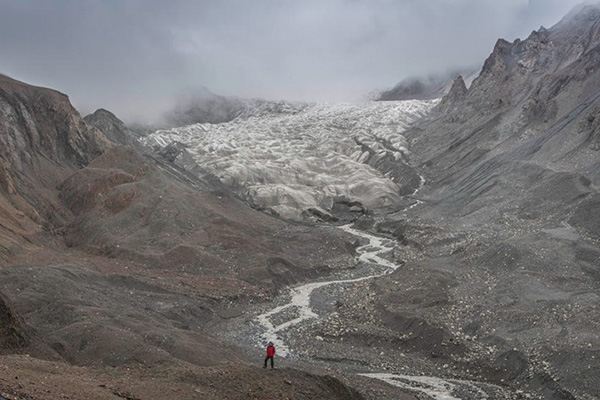 Glacial retreat
Glacial retreat
Glaciers are retreating almost everywhere around the world, including in the Alps, Himalayas, Andes, Rockies, Alaska, and Africa.
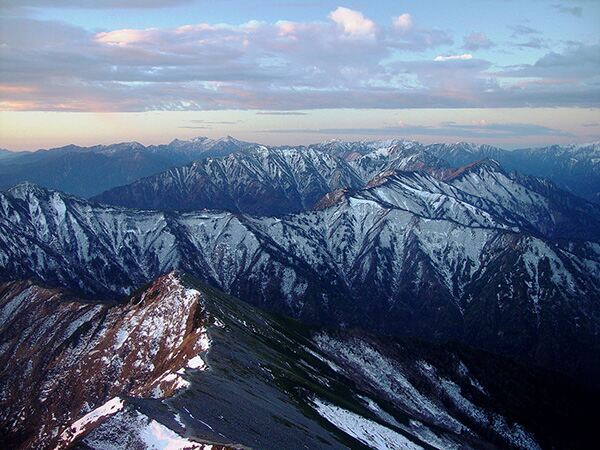 Decreased snow cover
Decreased snow cover
Satellite observations reveal that the amount of spring snow cover in the Northern Hemisphere has decreased over the past five decades and that the snow is melting earlier in the year.
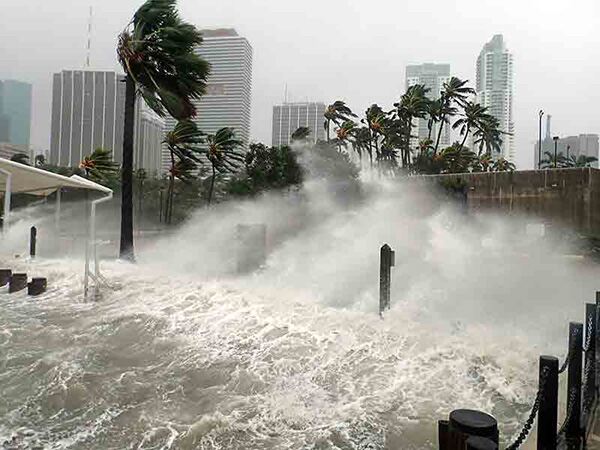 Extreme weather events
Extreme weather events
Since 1950, the number of record high temperature events has increased, whilst the number of record low temperature events has decreased. Scientists have published more than 350 peer-reviewed studies on extreme weather around the world, from heatwaves in Sweden and droughts in South Africa to flooding in Bangladesh and hurricanes in the Caribbean. This research is just part of the mounting evidence that human activity is increasing the risk of extreme weather events, especially those linked to heat.
Which greenhouse gases are causing the most damage?
Certain gases in the atmosphere block heat from escaping. Long-lived gases that remain semi-permanently in the atmosphere and do not respond physically or chemically to changes in temperature are described as ‘forcing’ climate change. Gases, such as water vapor, which respond physically or chemically to changes in temperature are known as ‘feedbacks’. Gases that contribute to the greenhouse effect include:
 Carbon dioxide (CO2)
Carbon dioxide (CO2)
Humans have increased atmospheric CO2 concentration by 48% since the Industrial Revolution began. This is the most important long-lived contributor of climate change.
An excerpt from a paper published at the Yale School of the Environment by Nicola Jones makes stark reading: ‘The 1950s was when man-made emissions really began to take off, going from about 5 billion tons of CO2 per year in 1950 to more than 35 billion tons per year today. Natural sources of CO2, from forest fires to soil and plant respiration and decomposition, are much bigger than that — about 30 times larger than what mankind produces each year. But natural sinks, like plant growth and the oceans, tend to soak that up. The excess produced by mankind’s thirst for energy is what makes the CO2 concentration in the air go up and up. Once in the air, that gas can stay there for millennia.”
And it’s significant that so much carbon dioxide stays in the atmosphere because CO2 is the most important gas for controlling Earth’s temperature. According to a 2011 paper on the Carbon Cycle, published on NASA’s Earth Observatory website, Earth’s temperature will increase at least another 0.6 degrees Celsius (1 degree Fahrenheit) because of carbon dioxide already in the atmosphere. This really highlights the need to reduce carbon emissions from the burning of fossil fuels at every opportunity. As coal, oil, gas and wood are burned they release the carbon they have accumulated and stored over millions of years.
 Methane
Methane
Methane is a hydrocarbon gas produced through both natural sources and human activities, including the decomposition of wastes in landfills, agriculture, and especially rice cultivation, along with ruminant digestion and manure management associated with domestic livestock. Methane is a far more active greenhouse gas than carbon dioxide, however, it is much less abundant in the atmosphere.
 Nitrous oxide
Nitrous oxide
A powerful greenhouse gas produced by soil cultivation practices, especially the use of commercial and organic fertilisers, fossil fuel combustion, nitric acid production, and biomass burning.
 Chlorofluorocarbons (CFCs)
Chlorofluorocarbons (CFCs)
Synthetic compounds that are of industrial origin and used in a number of applications like coolants for AC systems and fridges. CFCs are now regulated by international agreement as they contribute to the destruction of the ozone layer, which protects the earth from ultraviolet radiation from the sun. Due to these regulations, the ozone layer is beginning to heal and is expected to fully recover by around 2065.
Climate feedbacks
Climate feedbacks are natural processes that respond to global warming by offsetting or further increasing change in the climate system. Feedbacks that offset the change in climate are called negative feedbacks, with feedbacks that amplify changes being referred to as positive feedbacks.
Water vapor
Water vapor is the most abundant greenhouse gas and increases as the Earth's atmosphere warms, however it also increases clouds and precipitation. Increasing water vapor leads to warmer temperatures, which causes more water vapor to be absorbed into the air. Warming and water absorption increase in a spiralling cycle. Water vapor feedback can also amplify the warming effect of other greenhouse gases, such that the warming brought about by increased carbon dioxide allows more water vapor to enter the atmosphere.
The melting of arctic sea ice
The melting of Arctic sea ice is another example of a positive climate feedback. As temperatures rise, sea ice retreats. The loss of ice exposes the underlying sea surface, which is darker and absorbs more sunlight than ice, increasing the total amount of warming. Less snow cover during warm winters has a similar effect.
Clouds
Clouds can have both warming and cooling effects on the climate. They cool the planet by reflecting sunlight during the day, and they warm the planet by slowing the escape of heat into space.
The consequences of climate change
Over the last century the burning of fossil fuels like coal and oil has increased the concentration of atmospheric carbon dioxide (CO2). This happens because the process of burning of fossil fuels combines carbon with oxygen in the air to make CO2. In addition, the clearing of land for agriculture, industry, and other human activities has increased the concentrations of greenhouse gases.
"Our activities have been dirtying and poisoning the Earth's life-giving air to the point we are choking ourselves."Sir David Attenborough, Oct 2021
Increased atmospheric greenhouse gasses are likely to result in the following:
The earth will become warmer
Warmer conditions will probably lead to more evaporation and precipitation overall, but individual regions will vary, some becoming wetter and others dryer. A stronger greenhouse effect will warm the ocean and partially melt glaciers and ice sheets, increasing sea levels. Ocean water also will expand if it warms, contributing yet further to the rise in sea levels.
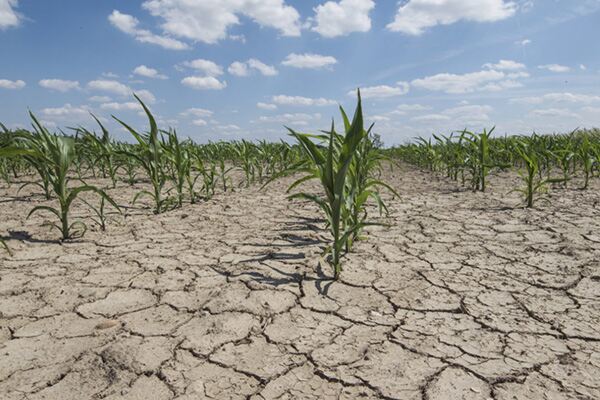 Poor crop yields
Poor crop yields
High CO2 levels can have both a positive and negative effect on crop yields, as high CO2 will encourage crop growth but can also create crops that are low in nutrients by reducing the concentrations of protein and essential minerals in most plant species. Hot countries will find it difficult to grow any kind of crop as the earth continues to heat up, and colder countries are likely to have more extreme wet weather out of season that can also ruin crops.
Depending on the crop and ecosystem, weeds, pests, and fungi will thrive under warmer temperatures, wetter climates, and increased CO2 levels, and so climate change will likely increase the number of weeds and pests that will affect crop yields.
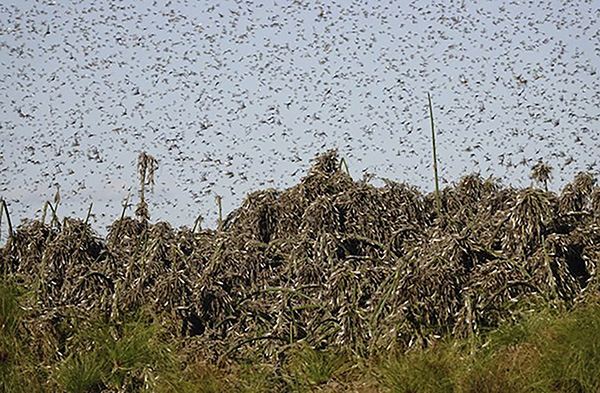 Pests and disease
Pests and disease
Climate change can cause new patterns of pests and diseases to emerge, affecting plants, animals and humans, and posing new risks for food security, food safety and human health.
How Governments around the world aim to improve climate change and air pollution
According to WHO, greenhouse gas emissions that result from the extraction and burning of fossil fuels are major contributors to both climate change and air pollution. Many policies and individual measures, such as transport, food and energy use choices, have the potential to reduce greenhouse gas emissions and produce major health co-benefits, particularly by abating air pollution. The phase out of polluting energy systems, for example, or the promotion of public transportation and active movement, could both lower carbon emissions and cut the burden of household and ambient air pollution, which cause 7 million premature deaths per year.
1988
The United Nations established the Intergovernmental Panel on Climate Change (IPCC) where hundreds of scientists worldwide work on refining our knowledge by publishing their collective findings and conclusions in their reports. They have since had six assessment cycles and delivered six - the most comprehensive - scientific reports on climate change.
1992
The Rio Earth Summit (UNCED), which was the first international UN conference to discuss actions to be taken globally to minimise negative human impact on the environment. At this summit the United Nations Framework Convention on Climate Change (UNFCCC) document was signed and later ratified in 1994 by 197 parties. The goal, to acknowledge the threat of climate change and stabilise the concentration of greenhouse gases (GHGs) at a ‘safe level’.
1997
At the 3rd UN Climate Change Conference of the Parties (COP3) – the Kyoto Protocol – was signed. More detailed than its predecessor, it was much more difficult for the signatory countries to implement and took them seven years to ratify (February 2005). With the specific goal, to reduce GHGs by 5% vs those from 1990 in the first phase and reduce GHG emissions by 18% vs 1990 levels in the second phase.
2015
The landmark earth summit in Paris resulted in the Paris Agreement which was ratified in November 2016 when 193 parties joined. The goal is to keep the global temperature rise below 2 degree C. Member countries aimed for 1.5 degree C compared to pre-industrial levels. Going net-zero by 2050 has become the key target and countries’ have committed to further reducing emissions every 5 years by submitting Nationally Determined Contributions (NDCs). They also agreed to provide climate finance to developing countries and most importantly the Agreement is a legally binding international treaty. This is the first ever global agreement on climate change.
2021
At the 26th UN Climate Change Conference of the Parties (COP26) common time frames were agreed for NDCs for all countries.
The outcome of COP26 is the Glasgow Climate Pact. Here is a short summary of key agreements. The goal remains to keep a maximum 1.5 degree centigrade global average temperature rise, however, as this is a critical decade in terms of the reduction in carbon dioxide emission, and with the goal to reduce 45 percent of emissions by 2050, countries have fallen short on these ambitions. After 13 days of intense negotiations, COP26 concluded with every Party at COP26 - representing almost 200 countries - agreeing the Glasgow Climate Pact. This global agreement will accelerate action on climate this decade, and finally completes the Paris Rulebook.
"We can now say with credibility that we have kept 1.5 degrees alive. But, its pulse is weak and it will only survive if we keep our promises and translate commitments into rapid action."Rt Hon Alok Sharma MP, COP26 President
Air pollution is affecting both human health and the environment, contributes significantly to climate change and directly effects crops yields, rainfall patterns and solar energy yields. Both air pollution and climate change have natural sources, however, air pollution caused by human activity through the burning of fossil fuels (coal and gas), transport, industrial activities, landfills, and incinerators is unbalancing the natural carbon cycle and is the root of climate change. We must all do our bit!
Latest Articles
The business risks emerging from the global COVID-19 pandemic
Read More >Why indoor spaces have a higher risk of virus transmission
Read More >Enhance HVAC performance, improve energy efficiency and reduce emissions
Read More >High absenteeism and reduced wellbeing
Read More >How does air quality affect your business
Read More >What the experts say
Read More >Risk indicators and monitoring
Read More >Ventilation and filtration
Read More >Transmission & Prevention
Read More >The History of Air Pollution
Read More >Ambient Air Pollution
Read More >Indoor air pollution & the indoor generation
Read More >What’s in the air we breathe outdoors?
Read More >What’s in the air we breathe indoors?
Read More >Other indoor biological pollutants
Read More >How air pollution affects our lives
Read More >

